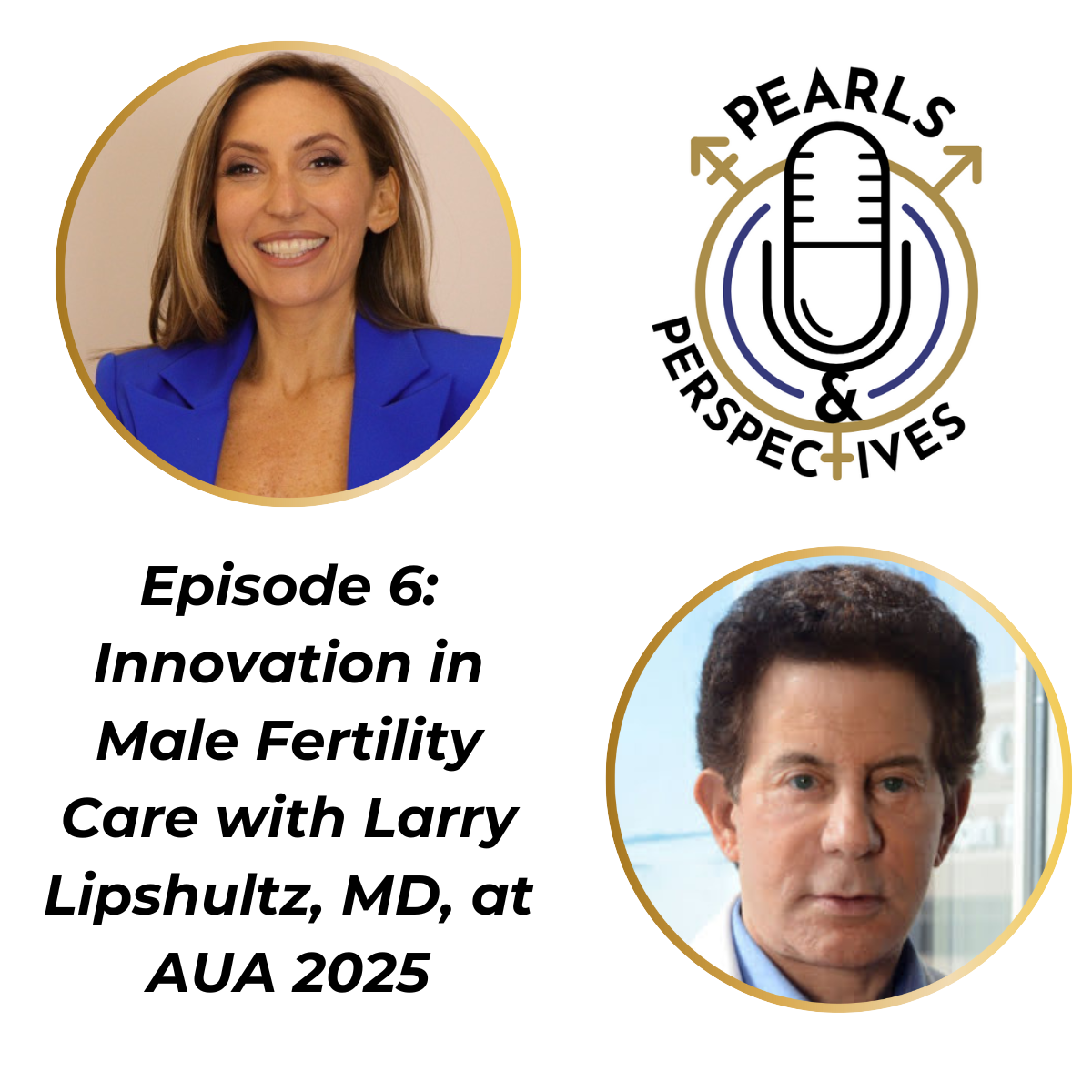News
Article
Penile prosthesis implantation patients report easy, natural use at 12 months
Author(s):
Key Takeaways
- Most patients reported ease of use and natural sensation with penile prosthesis despite pain and climax difficulties.
- Key dissatisfaction factors included orgasm difficulties, prosthesis deflation, and loss of spontaneity.
Data from a Mayo Clinic study show, despite some reports of discomfort and dissatisfaction, a majority of patients receiving penile prosthesis are satisfied 1 year in.
Andres Guillen, MD
Credit: Twitter

Despite a generally high rate of pain and difficulty with climax, a majority of patients who underwent penile prosthesis implantation reported positive experiences in a recent study presented at the Sexual Medicine Society of North America (SMSNA) 2024 Fall Scientific Meeting in Scottsdale, AZ this week.
A team of investigators from the Mayo Clinic presented results from a registry analysis at SMSNA 2024 showing approximately 4 in 5 patients to receive a penile prosthesis placement reported a sense of easy use 12 months after the surgical implant. Another 3 in 5 patients further reported a “very or somewhat natural sensation” with their erections during that time.
Investigators led by Andres Guillen, MD, of the department of urology at the Mayo Clinic, sought to identify factors related to patient dissatisfaction following penile prosthesis surgery. As he and colleagues noted, the implantation is often linked to high rates of satisfaction and reported improvements to sexual quality life in patients with medically refractory erectile dysfunction.
“While reported patient satisfaction with this surgery is high, there are a variety of factors that can influence patient satisfaction after penile prosthesis surgery,” they noted.
The team conducted perioperative assessments and follow-up patient interviews of their own registry of patients undergoing penile prosthesis placement. Patients were directed to complete a survey at 6 and 12 months post-procedure; the team’s final analysis only included patients who completed both surveys.
The final analysis included 304 patients to receive the procedure, of whom 101 (33.2%) completed at least the first survey. Median use of the prosthesis was 4 times per month at 6 months (range, 2 – 8), and 5 times at 12 months (range, 2 – 9; P = .651). Among the leading readings at both 6 and 12 months for prevented further use of the prosthesis were patients responding “Nothing; I am completely pleased (41.6% and 46.8%, respectively); “Lack of interest from partner” (18.8% and 20.3%); and “Inadequate penile length” (15.8% and 15.2%).
Among the leading reasons for dissatisfaction among the surveyed patients at 6 and 12 months were as follows:
- Difficulties reaching orgasm (38.6% and 36.7%, respectively)
- Deflation of the prosthesis (33.7% and 31.6%)
- Loss of spontaneity (25.7% and 34.2%)
- Overall look of the penis (27.7% and 25.3%)
Despite this, most patients additionally reported significant ease and satisfaction with the penile prosthesis. When asked to grade the ease of use of the prosthesis in the last month, 83.8% and 82.1% of patients at 6 and 12 months, respectively, said it was either “very easy” or “somewhat easy” to use. Meanwhile, only 4.0% and 5.1% of patients at 6 and 12 months, respectively, graded the prosthesis as “somewhat difficult” or “very difficult” to use in the last month.
When asked how natural the process of achieving an erection feel with the prosthesis in the last month, 66.4% and 62.8% of patients at 6 and 12 months, respectively, said it was either “very natural” or somewhat natural.” Another 13.9% and 14.1% of patients, respectively, graded it as “neutral.”
The findings from the longitudinal analysis complement similar findings presented at SMSNA 2024, in which investigators reported improved mean penile size, encompassing length and width measurements with penile prosthesis. Guillen and colleagues concluded that patients are generally satisfied with the outcome of their procedure through 12 months.
“There was a higher than anticipated rate of penile pain, difficulty achieving climax, and unsatisfactory cosmesis that warrant further investigation,” investigators concluded. “Despite this, the majority of patients found their PP easy to use and a reported natural sensation when having erections.”
References
- Guillen A, Bonakdarhashemi M, Dumbrava M, Pinkhasov, A, et al. Dissatisfaction After Inflatable Penile Prosthesis: A Longitudinal Study. Paper presented at: Sexual Medicine Society of North America (SMSNA) 2024 Fall Scientific Meeting. Scottsdale, AZ. October 17 – 21, 2024.
- Saylor B. IPP placement is associated with improved penile length and width. Urology Times. Published October 17, 2024. https://www.urologytimes.com/view/ipp-placement-is-associated-with-improved-penile-length-and-width

















